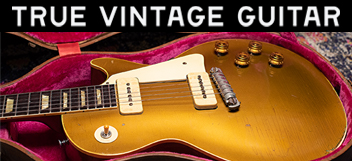If you are lucky enough to still have a Radio Shack near you; go check out their caps.
I recommend not spending over $2-$4 on a cap. Decent Orange drops run around 89c a piece at RS.
The oil or wax caps are made to aid in cooling like a water cooled barrel on a WWI Browning machine gun.
Guitar caps don't get hot. They don't even get warm.
I recommend not spending over $2-$4 on a cap. Decent Orange drops run around 89c a piece at RS.
The oil or wax caps are made to aid in cooling like a water cooled barrel on a WWI Browning machine gun.
Guitar caps don't get hot. They don't even get warm.



